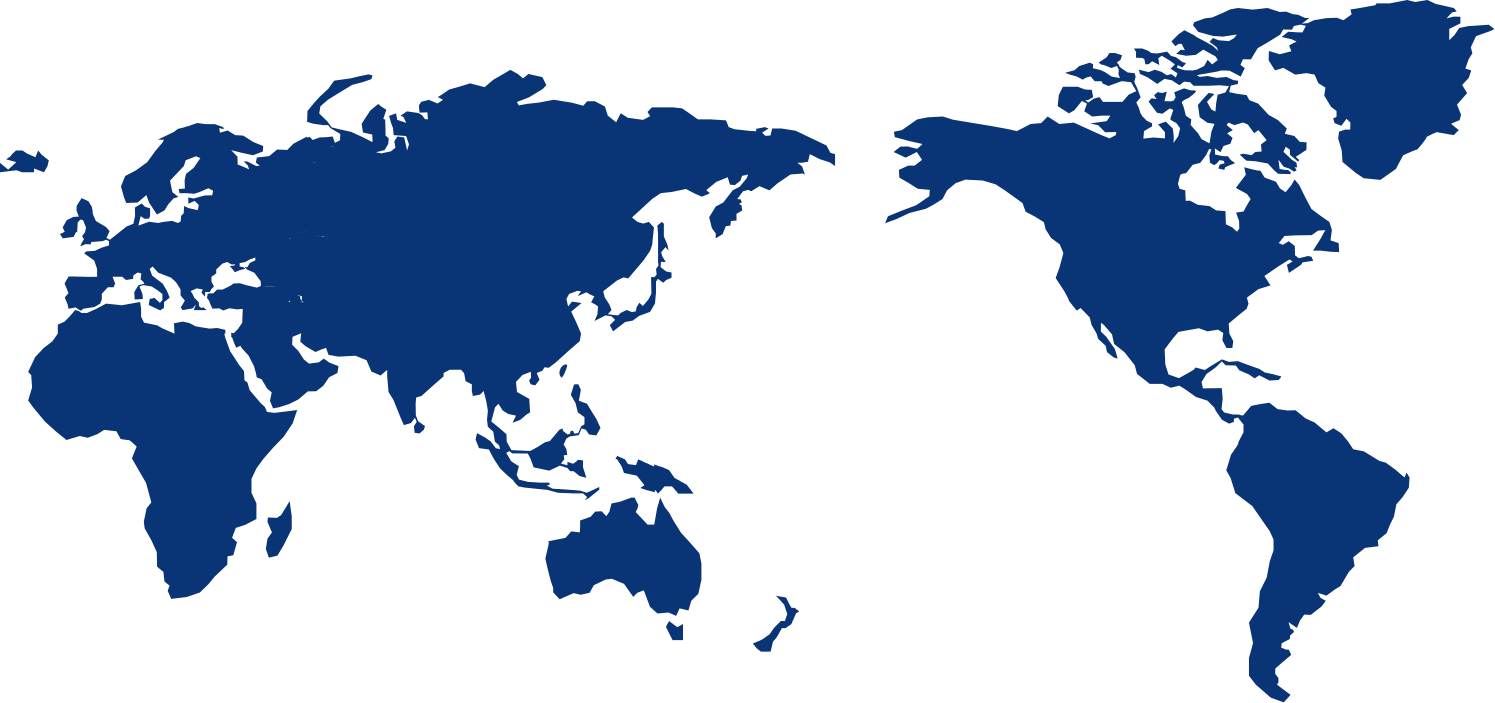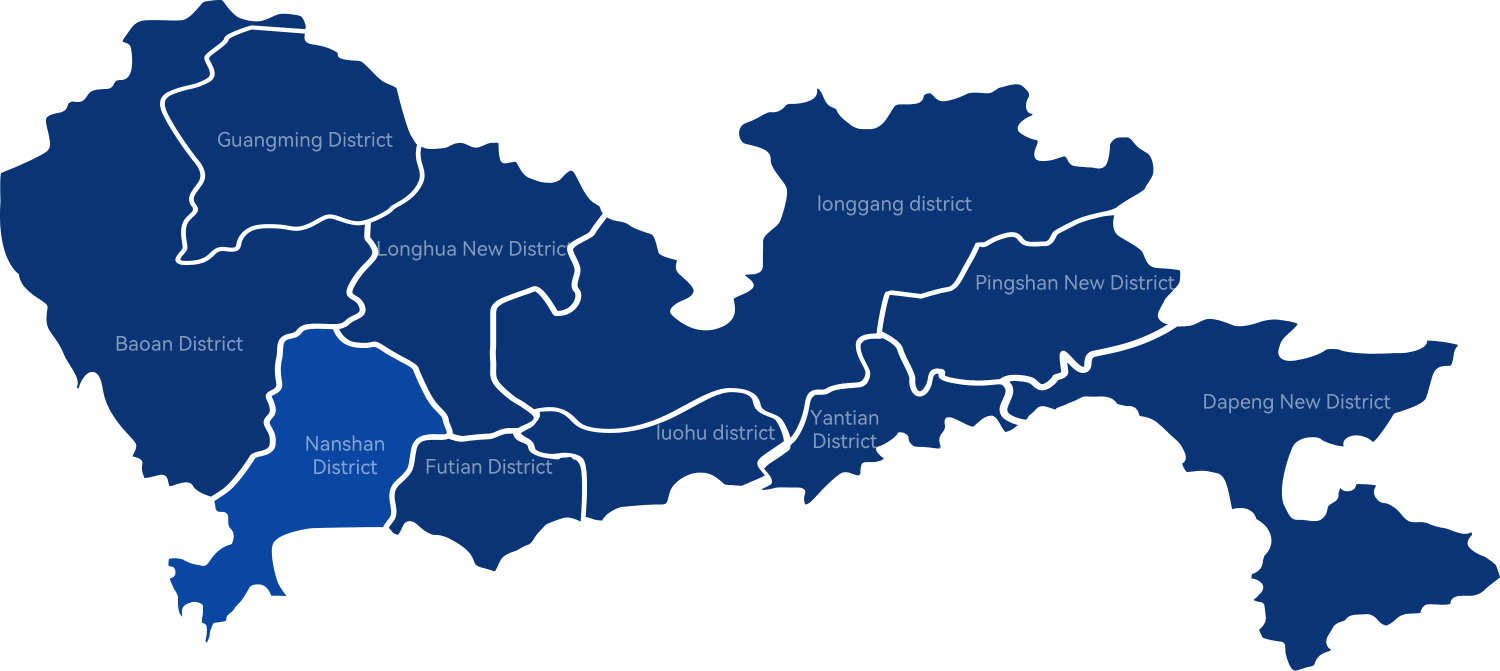



Introducing SIAT
As Chinese Academy of Sciences (CAS)' flagship research institution in Shenzhen—China's southern innovation city, the Shenzhen Institutes of Advanced Technology (SIAT) was founded in 2006 through a landmark collaboration between CAS, Shenzhen Government and The Chinese University of Hong Kong (CUHK). Today it stands as CAS's foremost research base in the Greater Bay Area, advancing scientific frontiers and technological breakthroughs.
Guided by its mission—dreams shape the future, applications create the value—SIAT integrates fundamental research, applied development, and industrial transformation. It serves as a strategic hub for addressing China's critical challenges while advancing global scientific progress through interdisciplinary collaboration and open innovation.
SIAT focuses on the multidisciplinary integration and development of Information Technology and Biotechnology (IBT). It comprises nine main affiliated institutes (with a total of 51 research centers): Shenzhen Institute of Advanced Integration Technology (SIAIT); Institute of Biomedical and Health Engineering (IBHE); Institute of Advanced Computing and Digital Engineering (IACDE); Institute of Biomedicine and Biotechnology (IBB); Brain Cognition and Brain Disease Institute (BCBDI); Institute of Synthetic Biology (iSynBio); Institute of Advanced Materials Science and Engineering (AMSE); Institute of Technology for Carbon Neutrality (ITCN); and Institute of Scientific Instrumentation (currently under development).
SIAT's dynamic team of 4,851 members includes 2,381 full-time staff—about 10% bringing valuable industry experience—alongside 2,470 graduate students. This young community (avg. age 34) operates with 9% administrative staff.
As a national research institute with a strong focus on industrial and technological innovation, SIAT is dedicated to promoting the transformation of scientific and technological achievements. To date, it has incubated 2,213 companies, including 368 in which it holds equity. Its core research areas include medical imaging and engineering systems, quantitative synthetic biology, electronic materials and devices, as well as artificial intelligence and robotics.
SIAT has built an extensive global network, maintaining active partnerships with 98 institutions across 53 countries and regions through more than 581 collaborative programs. Around 30% of its research publications are co-authored with international partners, and its international citation rate has ranked first among Chinese research institutions for two consecutive years.
Aligned with its founding mission to champion national imperatives and pioneer global innovation frontiers, SIAT continues to accelerate the transformation of knowledge into tangible influence. We call upon researchers, entrepreneurs and global partners to join us in shaping a future where science transcends boundaries.
focus on scientific and technological innovation in interdisciplinary fields around IBT


Shenzhen ranked second among major cities in China for total research funding in 2023.
According to the 2024 Global Innovation Index (GII) released by the World Intellectual Property Organization (WIPO), the Shenzhen-Hong Kong-Guangzhou science and technology cluster has maintained its global second-place ranking for five consecutive years.





Shenzhen Synthetic Biology infrastructure
Brain Science Infrastructure•Shenzhen
National Industrial lnnovation Center for Bio-manufacturing
Shenzhen Institute of Synthetic Biology
Shenzhen-Hong Kong Institute of Brain Science

-
4851Personnel2381
Staff2470 Students -
133National, provincial, municipal and CAS awards
-
20000+PublicationOver 400 published in CNS and its series
-
5CampusThe total value of all experimental instruments is 4.3 billion
-
16300Patent applications3413 PCT patents
-
40+International, Hong Kong and Macau China, joint laboratories
























